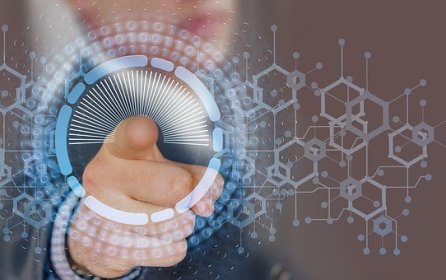Data governance is increasingly crucial due to SEC developments. Data Security Posture Management (DSPM) becomes vital in safeguarding data across cloud platforms. It identifies and protects vulnerable data while aligning security policies with business goals. DSPM empowers data governance by providing visibility into vulnerabilities and ensuring compliance, enabling precise control and governance.
